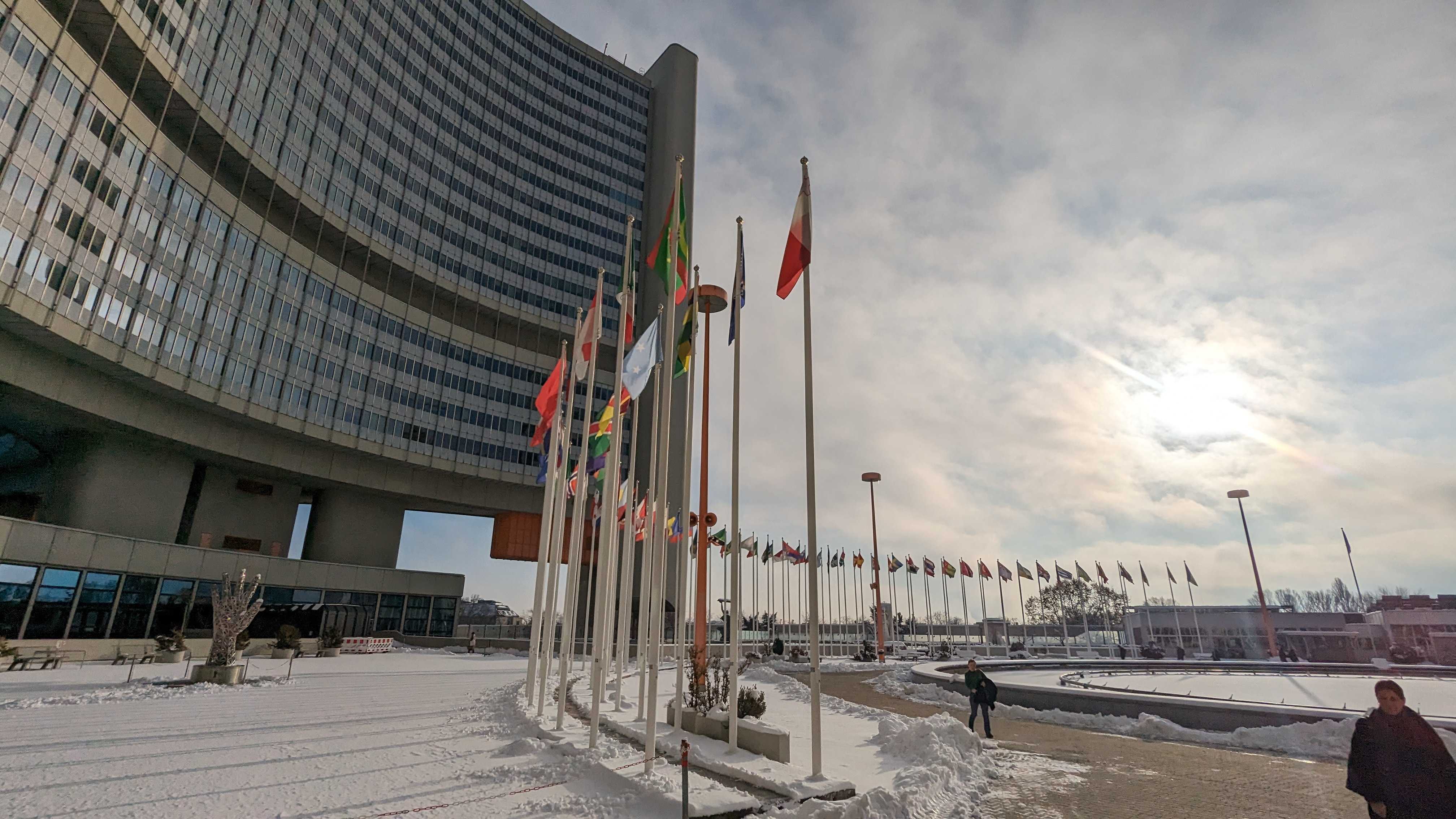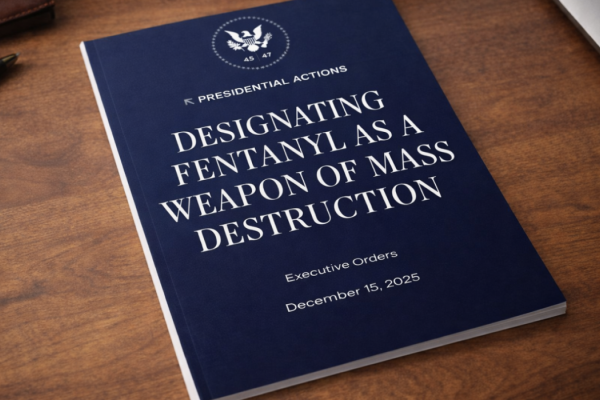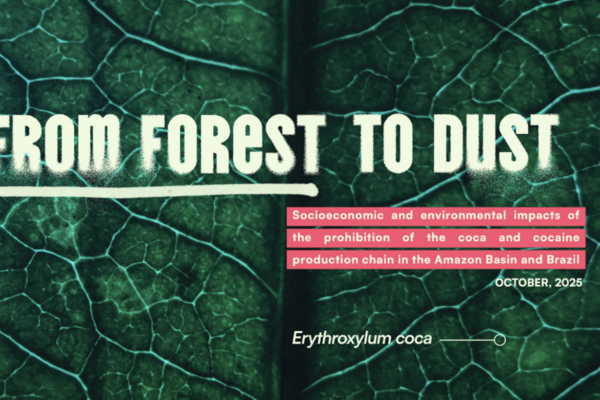16th April 2025
In this edited extract from Transforms 2023 publication 'How to Regulate Psychedelics: A Practical Guide', we explore the unusual status of plant based psychedelics under international law, and the scope that provides for refrom.
The current legal status of psychedelic drugs in international law is somewhat ambiguous. While the 1971 UN Convention on Psychotropic Drugs includes the control of LSD, mescaline, DMT, and psilocybin/psilocin in Schedule I, the commentary to the convention (the official guide to its implementation and use) makes it clear that the plants containing mescaline, DMT, and psilocybin/psilocin are not controlled (1):
The cultivation of plants from which psychotropic substances are obtained is not controlled by the Vienna Convention. … Neither the crown ( fruit, mescal button) of the peyote cactus nor the roots of the plant … nor Psilocybe mushrooms themselves are included in Schedule 1, but only their respective principles, mescaline, DMT and psilocybin/psilocin.(2)
More recently, the UNODC World Drugs Report in 2019 clarified that:
For the hallucinogens that are under international control, the 1971 Convention does not cover the plants or plant material from which these substances can be extracted. As an example, psilocybin is under international control but the mushroom Psilocybe mexicana, from which it is extracted, is not. Nevertheless, under the national legislation of many countries, both the psychoactive substance and the plant material from which the substances are extracted are controlled.(3)
A legal market, including international trade between member states, in plant based psychedelics (Psilocybe mushrooms, mescaline-containing cacti, and plants containing DMT) would likely avoid potential issues of non-compliance with international legal obligations under the UN drug treaty framework. Unlike coca leaf, opium poppies and cannabis, three key drug plants that are specifically named and prohibited under the treaties, these plants containing psychedelics are in fact specifically exempted.
Where, however, there is a lack of clarity and, correspondingly, considerable room for interpretation by member states, is around determining at what point a psychedelic plant — when growing, freshly harvested, or in some way prepared — becomes a product that engages the treaty prohibitions. Would, for example, Psilocybe mushrooms that were dried, powdered and put into standardised-dosage pills count as a non-prohibited plant material? On the face of it, the answer appears to be yes — this would be plant material rather than an extracted or synthesised pharmaceutical product.

It is important to be clear that any legal ambiguities or exemptions relating to psychedelic plants or plant materials do not extend to LSD, or any pharmaceutical preparations of mescaline, DMT or psilocybin/psilocin (either extracted or synthetic).
Any legal market for non-medical use of plant-based psychedelics might potentially attract criticism from the treaty watchdog, the International Narcotics Control Board (INCB), for going against the (essentially prohibitionist) spirit of the treaties. The flexibility in interpretation of the treaty wording, particularly given the guidance in the commentary, means that it would not, however, appear to represent a specific breach of formal treaty obligations in the same way as the legal cannabis markets in Uruguay, Canada and the USA have done. Notably, the small-scale legal and quasi legal markets that have emerged for some plant-based psychedelics around the world have not yet attracted formal condemnation from the INCB.
Recently there has been growing interest in seeking to revisit the scheduling of psychedelics under the drug conventions.(4) This has focused on the possibility of rescheduling key psychedelics that are currently being explored for medical use from Schedule I, to a lower and less restrictive schedule. Such a move to reduce some of the legal barriers to accessing these drugs for scientific and medical purposes, particularly if it led to similar rescheduling at a domestic level, would further facilitate research.
The possibility of rescheduling psychedelics has had an increased profile since the recent rescheduling of cannabis (its removal from the most restrictive Schedule IV). This has been widely viewed as the UN system belatedly signalling the potential utility of cannabis-based medicines.
This discussion raises a number of issues. It is important to note that even if rescheduled, unless the specific substances were removed from international controls altogether (i.e., de-scheduled) they would still be prohibited for non-medical and scientific purposes, i.e., any forms of non-medical or recreational use (unless they come under the plant form exemptions detailed above). It is also the case that medical and scientific uses are already permitted for drugs controlled under the conventions, indeed such provision is nominally one of the treaty’s core functions. This places psychedelics in Schedule I of the 1971 UN Convention, the highest schedule for those drugs considered most dangerous; notably they are also not included in Schedule IV, indicating a high risk of misuse and no medical utility, as cannabis previously was. Moving to a lower schedule would have some practical implications in terms of issues such as monitoring and reporting obligations under the treaties but would arguably be more important as a political signal, acknowledging that the risks of psychedelics, relative to other drugs, had been overstated and classification in Schedule I was a historic error.
For a rescheduling to happen, the WHO’s Expert Committee on Drug Dependence (ECDD) would be required to undertake a review for each drug under consideration, to make a recommendation for rescheduling, and for that recommendation to then be passed by a vote in the Commission on Narcotic Drugs. At each stage in this process there are potential obstacles. Firstly, the ECDD will generally only undertake a review if requested (and possibly funded) by one or more member states, limiting the ability of civil society to advocate directly. Secondly, despite the very obvious mis-scheduling of psychedelics in Schedule I, an ECDD review may not come to the conclusions reform advocates seek, particularly in the increasingly polarised and politicised UN drug control space. This possibility was demonstrated by the ECDD’s extraordinary decision, following the recent cannabis review, to not recommend moving cannabis from Schedule I, where it sits alongside drugs such as heroin and cocaine, despite the review analysis clearly acknowledging cannabis was lower risk than these other drugs. Thirdly, and perhaps most significantly, even if a rescheduling is recommended by the ECDD, the political dynamics of the CND mean that overcoming the prohibitionist bloc of member states to win a vote to reschedule any drug downwards could be very unlikely. Even the modest reform of cannabis scheduling (removal from Schedule IV) was only passed by a narrow vote margin, with a number of other ECDD recommendations voted down.
The pursuit of psychedelic rescheduling is a worthwhile undertaking and one that will have some political and practical benefits for medical research if successful. Even if ultimately unsuccessful, it could still stimulate useful public and high-level policy debate. However, the limitations of such an effort also need to be acknowledged: the time it would take (the cannabis review process took over four years, even after it was agreed to proceed), the political pitfalls implicit in the somewhat tortured rescheduling process, and the limited impact of rescheduling for reform around non-medical psychedelic use. A failed rescheduling attempt could serve to entrench the status quo for the foreseeable future.
The problems of the UN scheduling system run far deeper than misclassification of certain drugs; the entire malfunctioning and outdated international drug control framework is in urgent need of modernisation and a more fundamental realignment away from the failed punitive prohibitionist thinking that underpins it. Efforts to reform psychedelics policy at the national level should run in parallel with any efforts in multilateral forums, acknowledging the reality that most drug policy reforms in recent decades have been bottom-up processes. Those seeking to reform psychedelics policy who expect leadership from the UN drug control institutions are likely to be disappointed.
References:
1. For a detailed explanation of the scheduling system, see: Jelsma, M. (2019) Classification of Psychoactive Substances: when science was left behind (The Global Commission on Drugs) p.9 https://globalcommissionondrug...
2. Commentary on the Convention on Psychotropic Substances, New York 1976 p.385, p.387 https://www.incb.org/documents...
3. United Office on Drugs and Crime (2019), World Drug Report 2019: Book 5, Cannabis and Hallucinogens https://wdr.unodc.org/wdr2019/...
4. See, for example, Psychedelic Access and Research European Alliance https://parea.eu
This blog is an edited extract from Transforms 2023 publication 'How to Regulate Psychedelics: A Practical Guide'. Buy print copies or download the free ebook here.

Photos: Header ICEERS, UN Steve Rolles




